A recent survey by researchers from the AMA, the Mayo Clinic, Stanford University School of Medicine and the University of Colorado School of Medicine shows 63% of physicians are experiencing burnout – an all-time high. The COVID-19 pandemic has been a major factor in this record-setting rate of burnout, and this time of year, holiday stress only compounds this issue.
As the holiday season approaches, healthcare leaders should consider giving healthcare workers the gift of reduced stress and burnout. In this article, we’ve compiled a list of tips, strategies, and recommendations to help relieve holiday stress and reduce clinical burnout.
#1. Determine the Causes of Burnout and Stress
The first step to relieving holiday stress and clinical burnout is to determine what causes it. Studies have shown that some of the leading causes of clinician burnout include:
- Too many bureaucratic tasks (paperwork, charting, etc.)
- Lack of respect/recognition
- Lack of control/autonomy
- Too many hours working/lack of work-life balance

Every organization is different, however. It’s important for healthcare leaders to determine what contributes to burnout within their specific organization in order to accurately address it. To help with conversations about workplace burnout, the Harvard Business Review came up with 18 questions employers should ask their employees about burnout. View the gallery below to see each question, or get a free infographic to easily share with others.

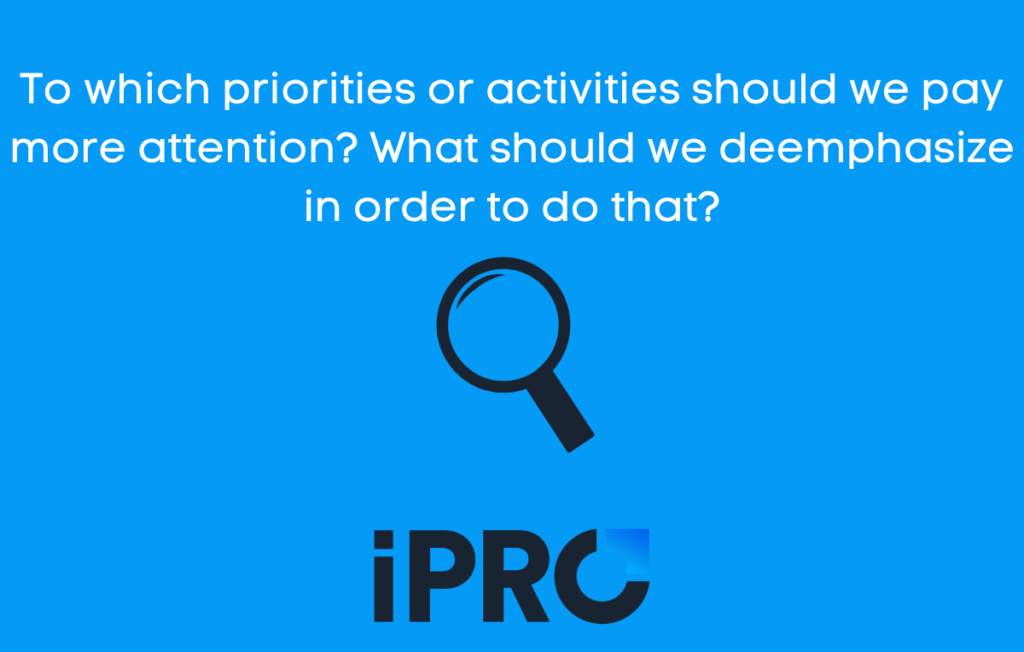
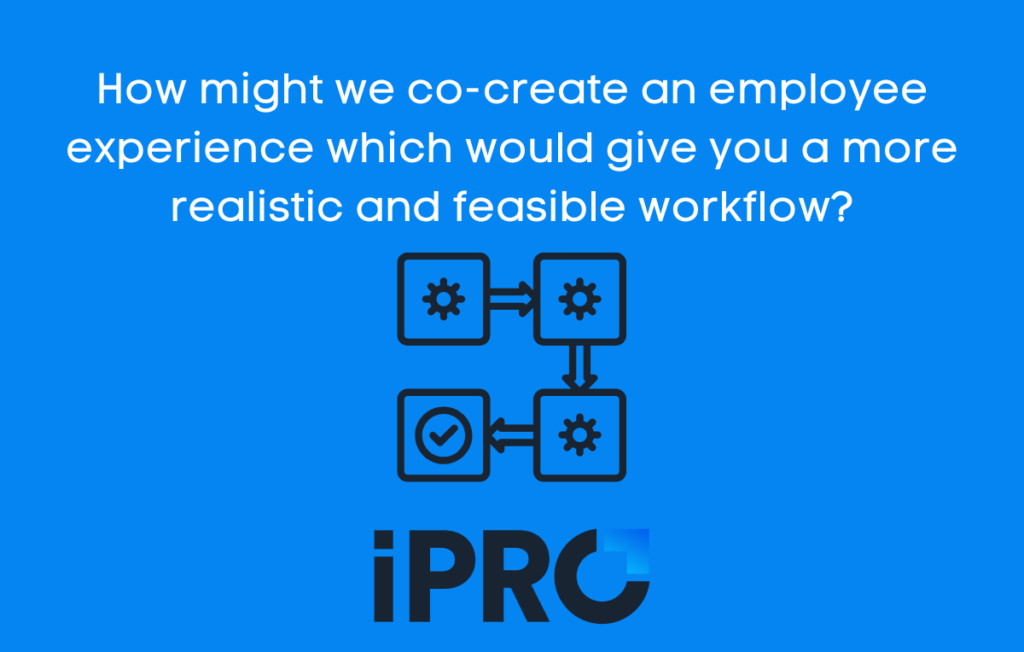
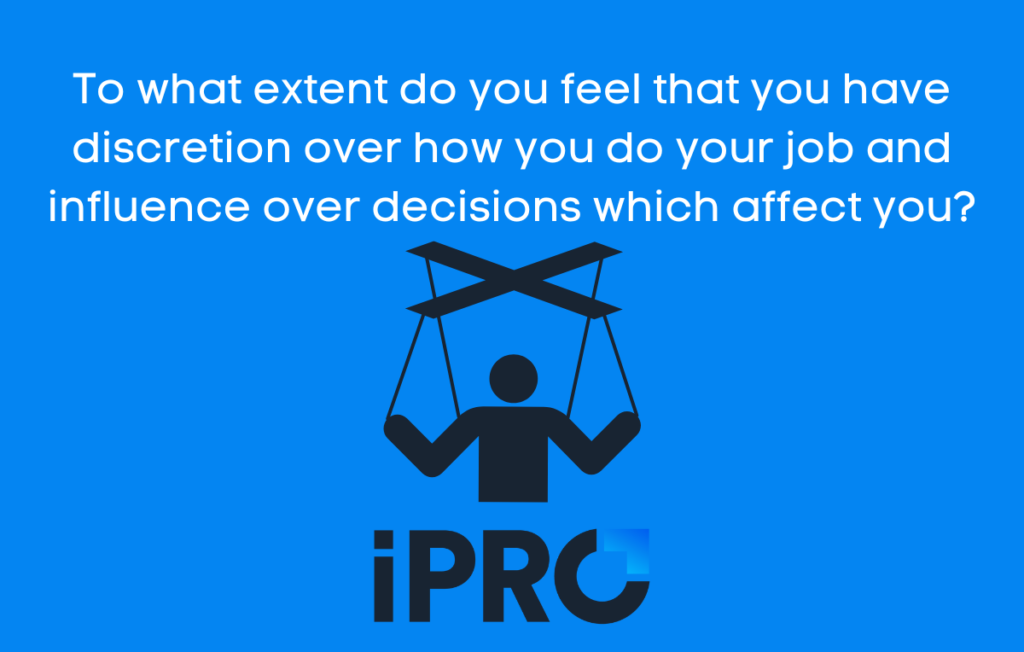
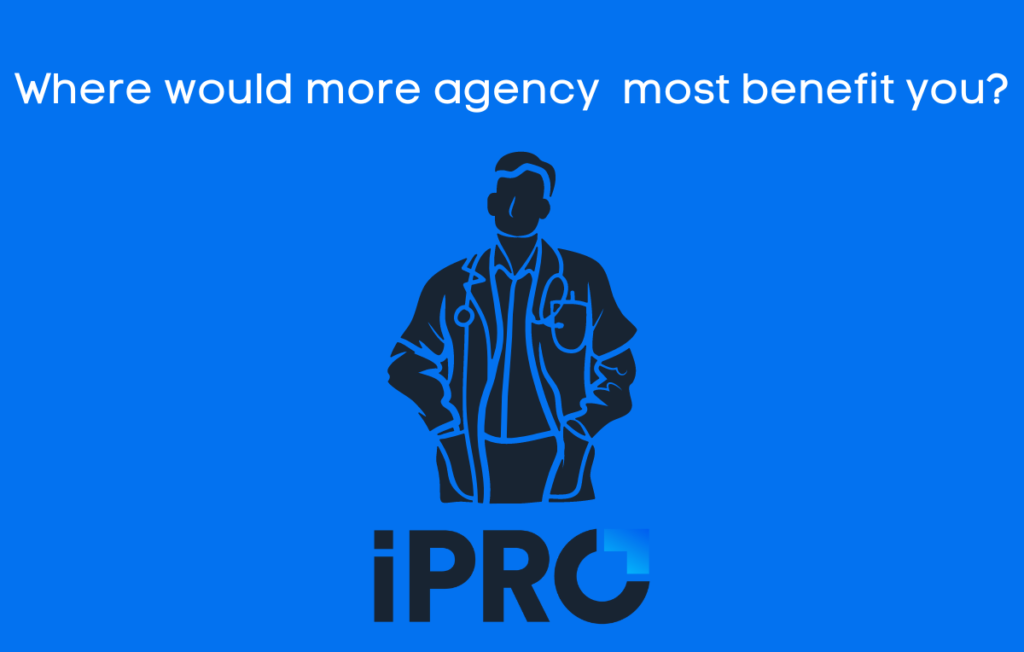
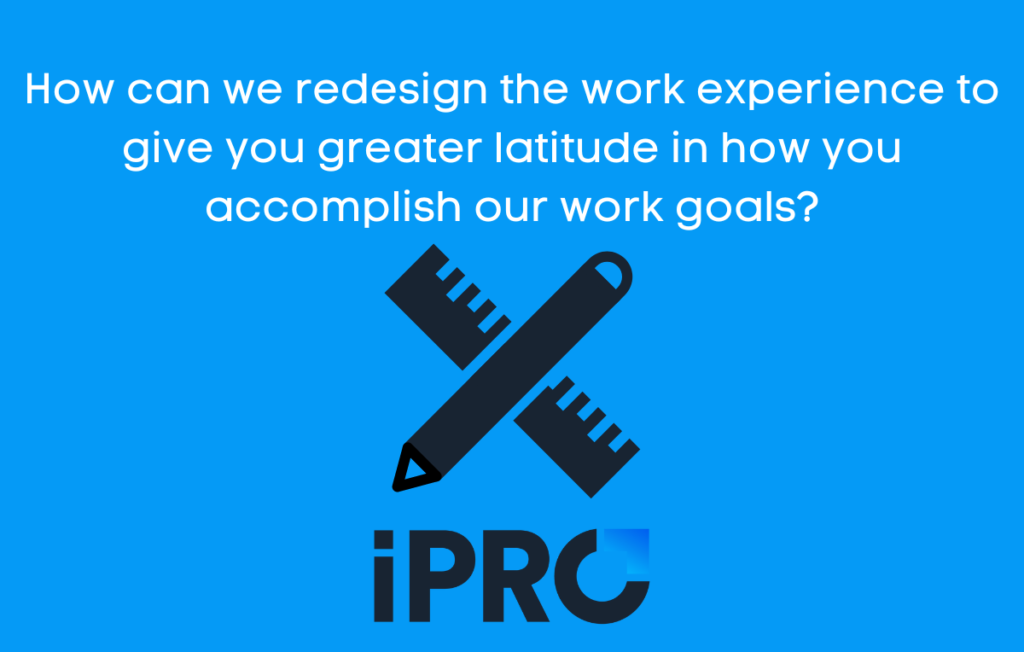
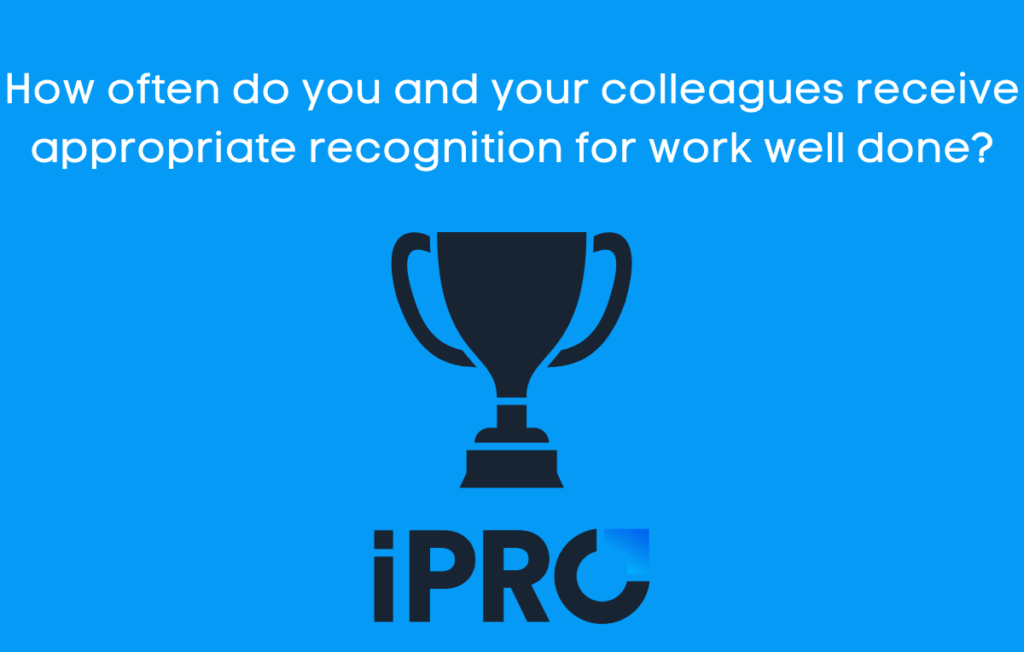
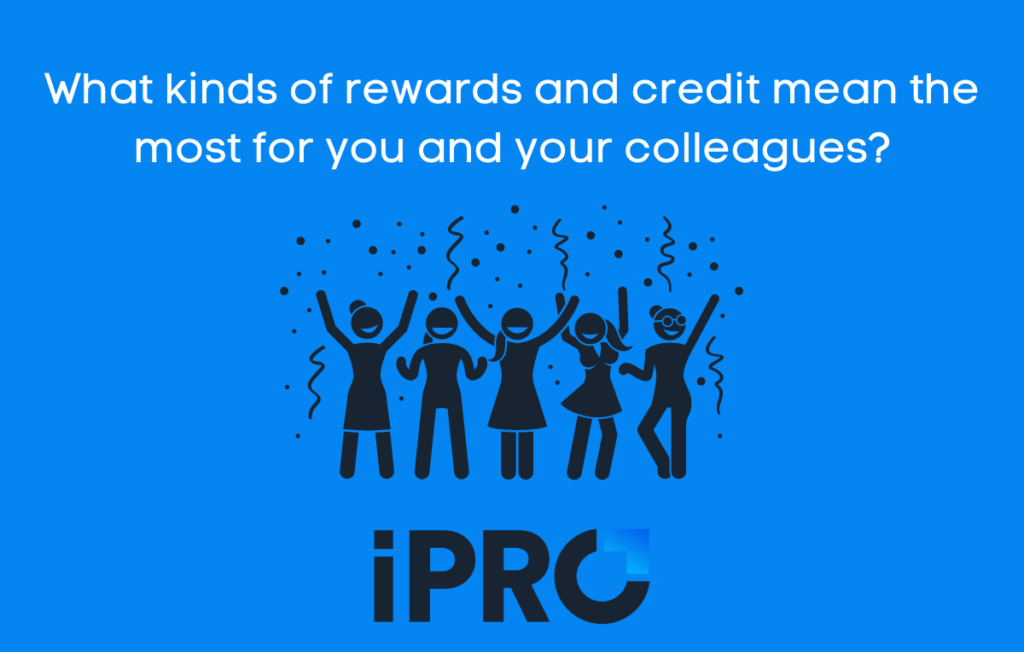
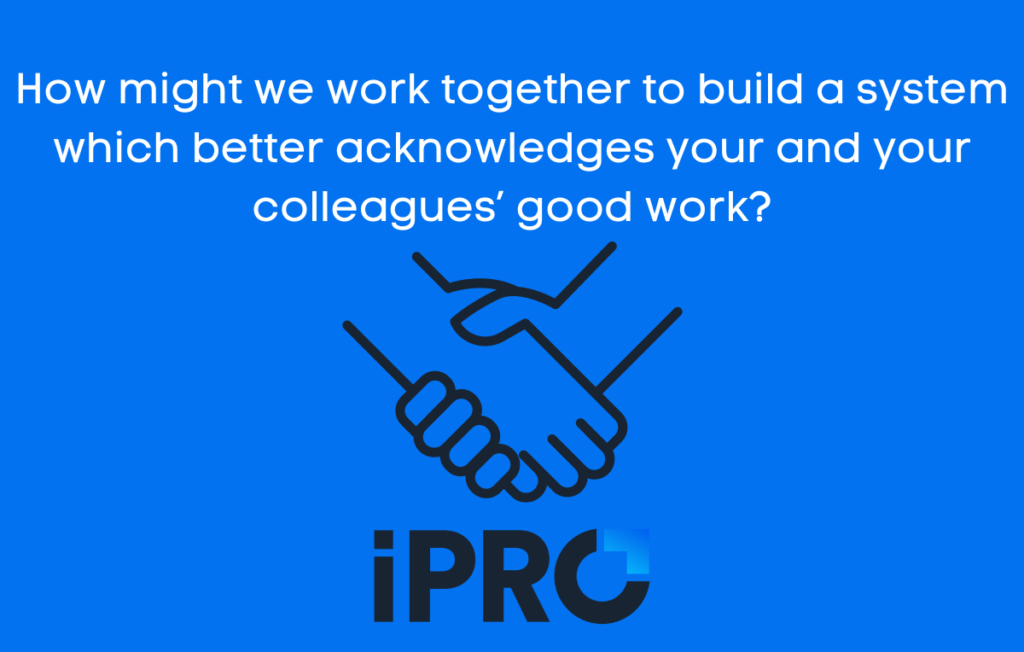
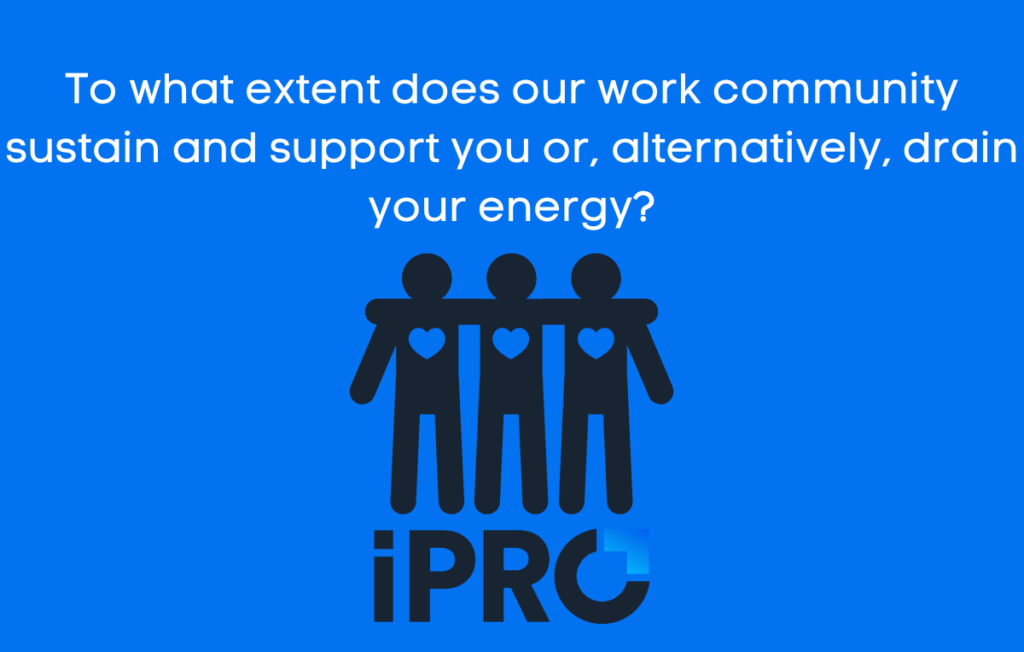
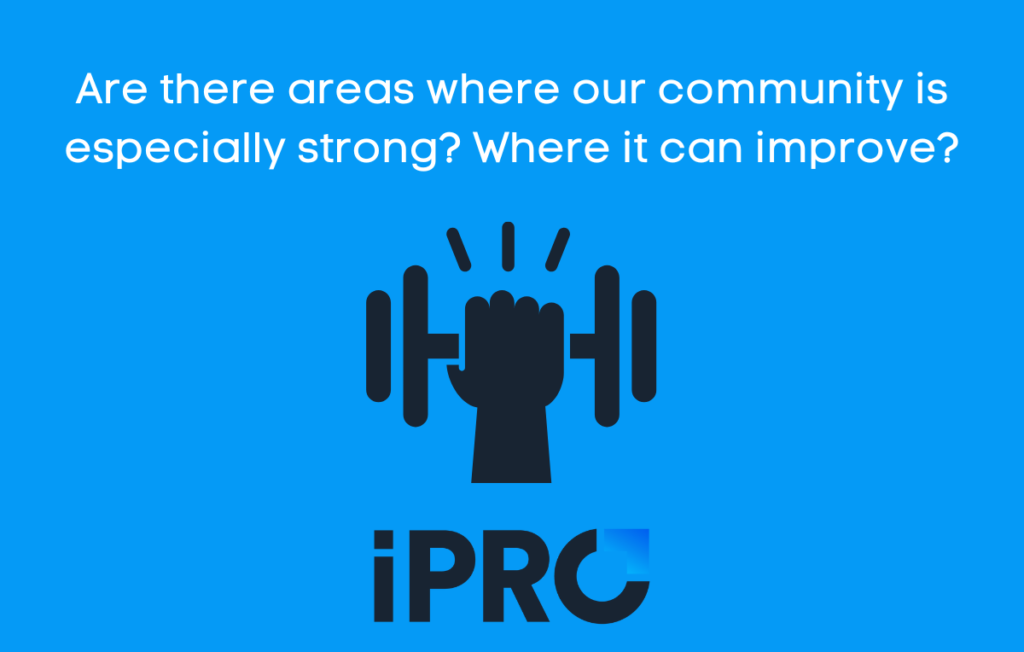
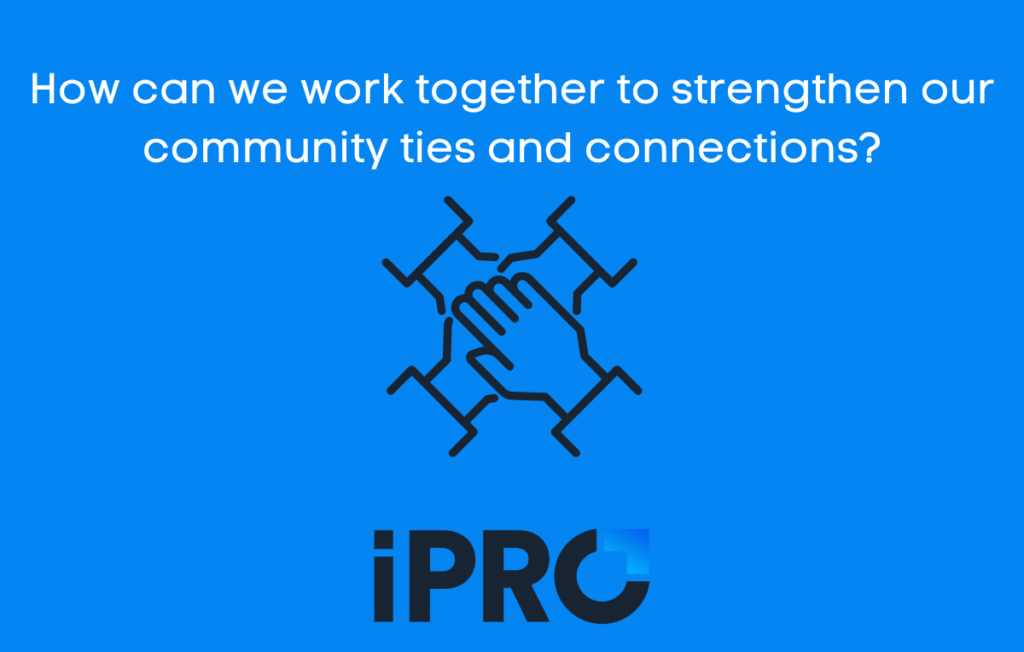
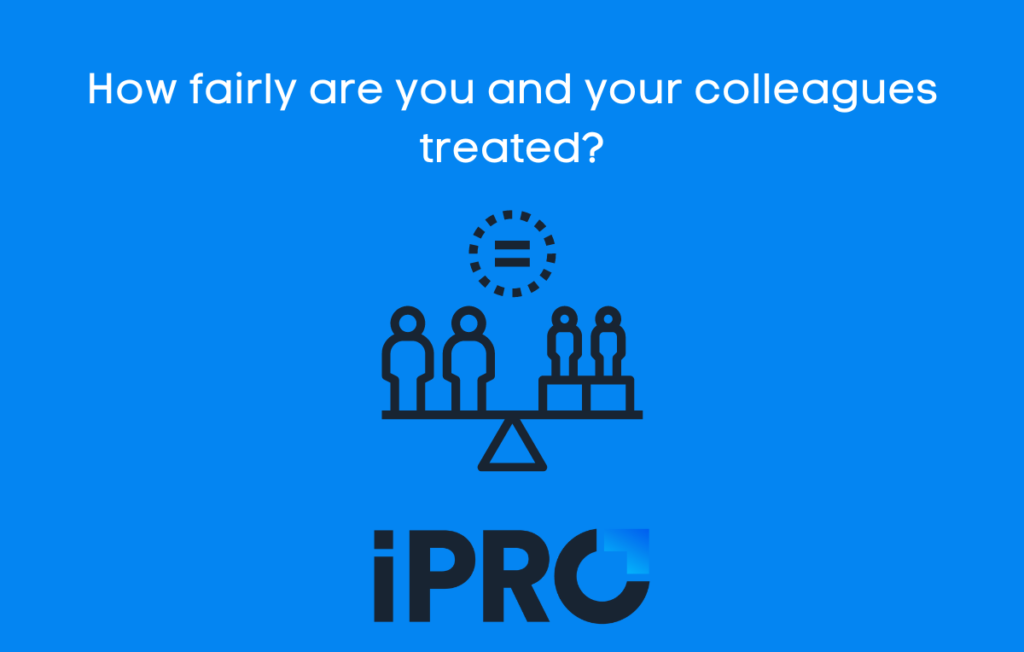
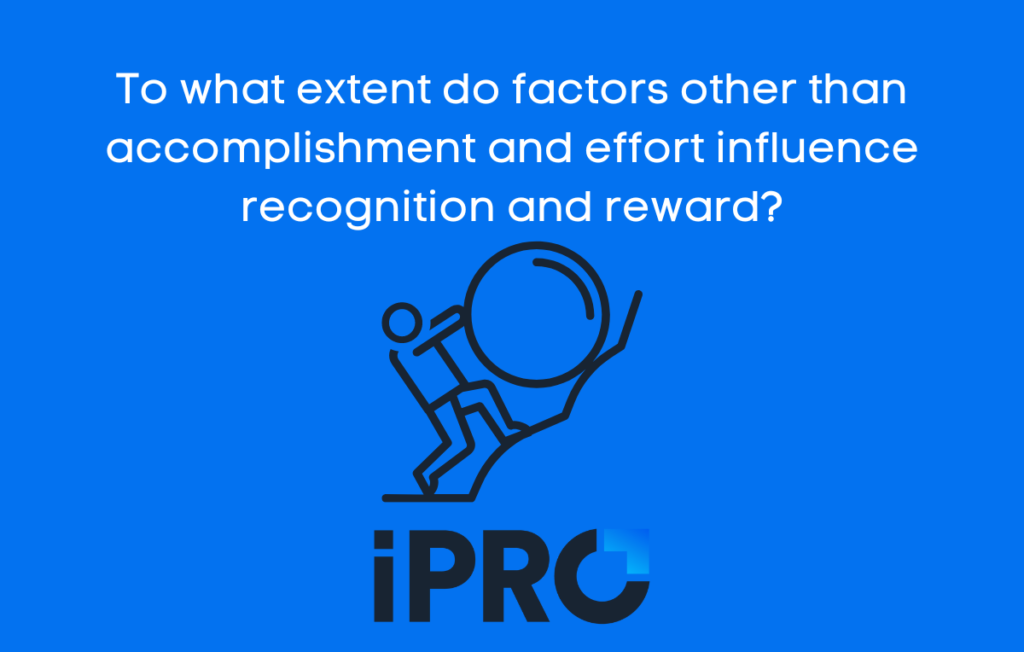

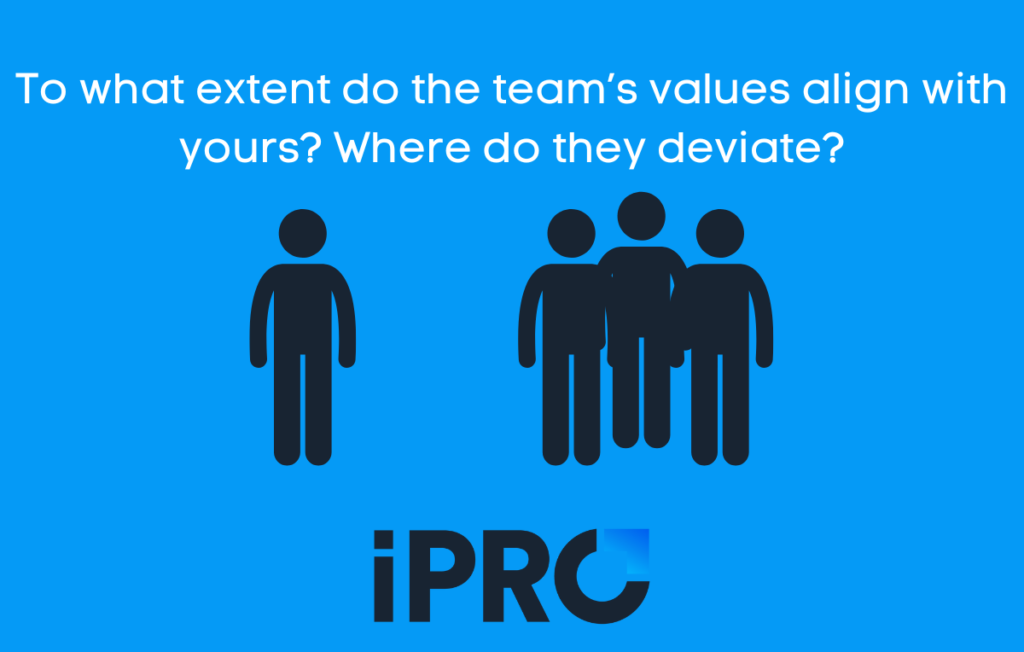
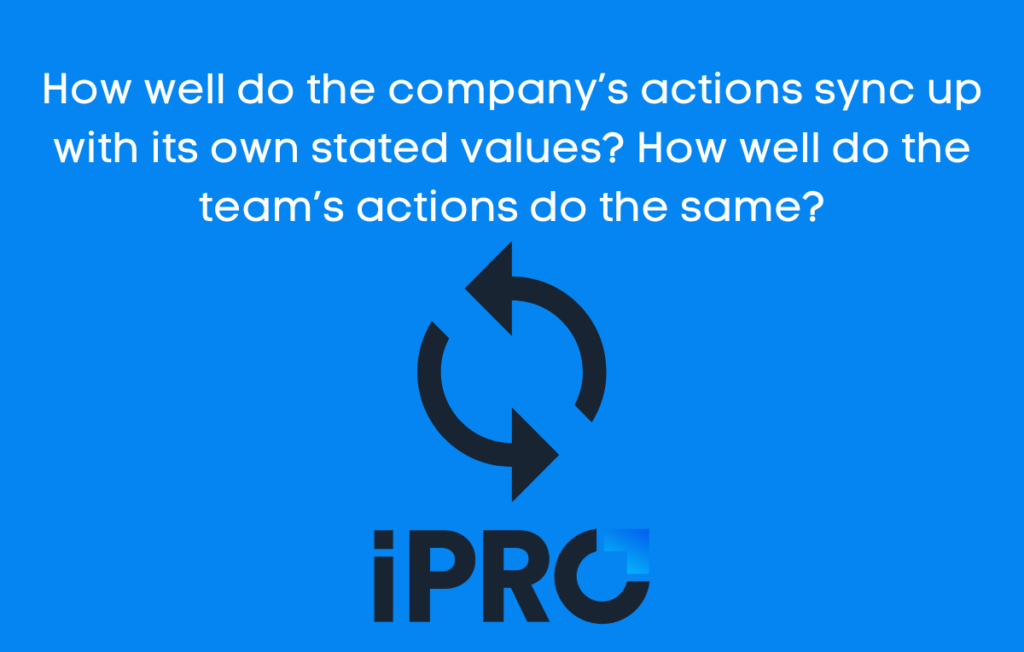

#2. Provide Employees with Resources to Combat Stress and Burnout
After you’ve asked the questions to determine what causes burnout and stress among employees, ensure they have the resources they need to combat it. As the causes of stress and burnout vary, so will the resources you offer employees. Resources may include:
Peer support groups
Peer support groups are a great resource to fight stress and burnout because they allow healthcare workers the chance to talk about their issues with those going through similar circumstances. Venting can be therapeutic on its own, and peers dealing with similar issues can offer advice on how to handle them.
Tech that streamlines workflows and reduces workloads
Heavy workloads and clunky workflows are major contributors to burnout. As illustrated in the graphic in the previous section, Medscape’s recent reports on physician burnout found that “Too many bureaucratic tasks” was the number one contributor to burnout the past 2 years. Investing in tech that automates routine tasks, such as data entry, and outsourcing documentation such as prior authorizations can save employees valuable time and reduce monotony.
Mental health support programs
The mental health of healthcare workers has been under serious strain the past 2 years under the COVID-19 pandemic. It’s more important than ever to ensure healthcare workers have adequate mental health support. Fortunately, a recent report found that 67 percent of employers will make mental health support part of their top 3 priorities over the next three years.
Employee recognition initiatives
Several of the questions to ask about burnout revolve around recognition and reward. Ensuring employees feel rewarded and recognized for their hard work and accomplishes can boost their morale. Knowing their employer values them can go a long way to alleviating stress and burnout. Read about some standout healthcare workers being recognized for their hard work in this Becker’s article.
Increased compensation
Money talks. Part of recognizing and rewarding employees for their accomplishments involves financial compensation. In fact, increased compensation was the #2 answer for “which would help most to reduce your burnout?” in Medscape’s 2022 Physician Burnout & Depression Report. Compensation could be in the form of an increased salary or a bonus.
Reduced hours
While increased compensation can be an effective tactic in fighting burnout and stress, reducing employees’ working hours is effective as well. A “more manageable work schedule” was the top tactic for reducing burnout according to physicians in Medscape’s report, barely edging out increased compensation (39% vs 38%). “Spending too many hours at work” was also a top 3 contributor to burnout in back-to-back Medscape burnout reports in 2020 and 2021.
#3. Be Flexible, Supportive, and Adaptable
Dealing with burnout and the added holiday stress takes a toll on healthcare workers. It can sometimes even feel like they’re going it alone. That’s why it’s important for healthcare leaders to make sure their employees know they’re in their corner. Asking questions and collecting feedback about burnout, and then equipping workers with the resources they need to fight it is a great way to show your support.
Healthcare leaders should also be flexible with employees. While staffing is a major issue in healthcare right now, denying time off requests or overworking healthcare workers can worsen burnout and stress. This isn’t good for the worker themselves, and it can also have adverse effects on patients. A recent study published by the British Medical Journal (The BMJ) found that physician burnout doubled the number of patient safety incidents. Thus, it’s important to give healthcare workers the breaks they need to recharge.
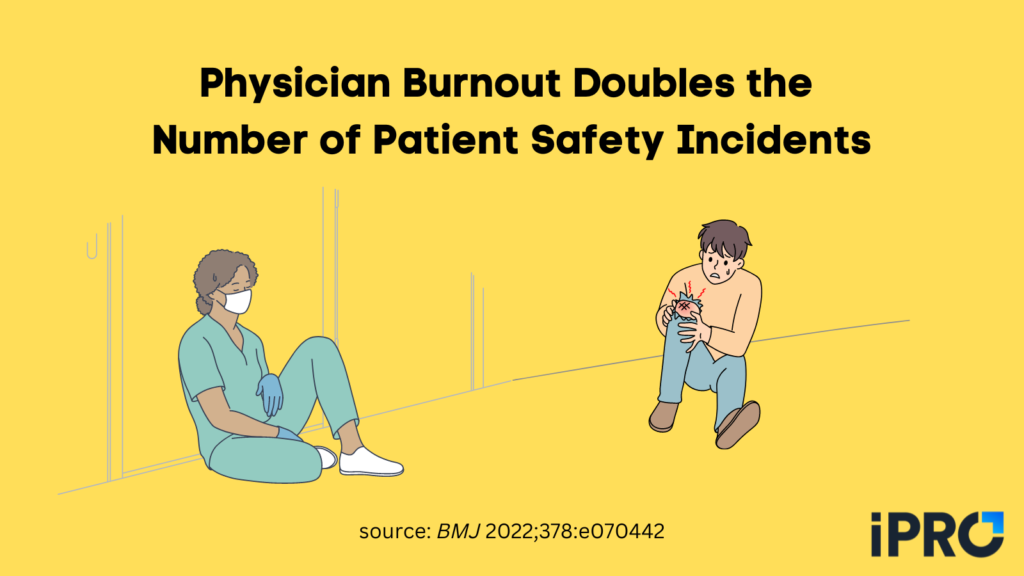
Finally, it’s important to be adaptable when fighting burnout and holiday stress. If one reduction strategy isn’t working, reassess and respond with a new tactic. Because burnout can be caused by several factors, it may evolve over time. So even if a tactic works at first, new tactics may be needed from time to time. Being able to adapt to burnout is key to fighting it.
We’re in Your Corner
At iPro, we’re committed to improving the healthcare landscape for both patients and providers. Our solutions help combat burnout by streamlining clinical workflows, reducing workloads, and automating routine tasks. Our flagship referral management solution, iOrder, revolutionizes the ambulatory ordering process by generating an electronic order with complete validation and transparency. A series of validation questions in conjunction with an integrated clinical decision support mechanism (qCDSM) give clinical staff the peace of mind that the right procedure is ordered for the right patient.
Additionally, the burden of prior authorizations can be lifted off your clinical staff through iOrder’s third-party integration that ensures proper documentation is submitted and followed up on. This combination of prior authorization assurance and clinical decision support also helps minimize claim denials and maximize reimbursement. If you’d like to learn more about iOrder and how it can help in your burnout reduction initiatives, schedule a free live demo today.




